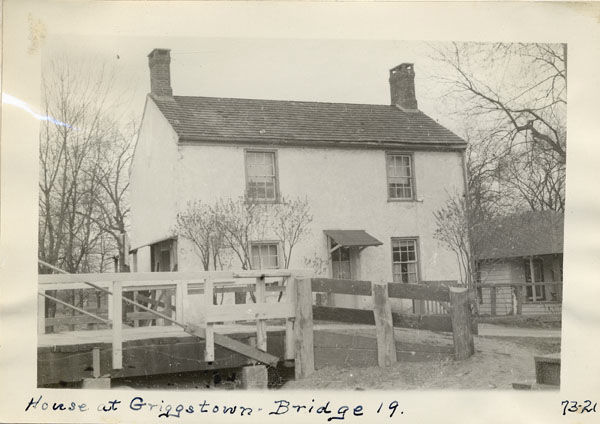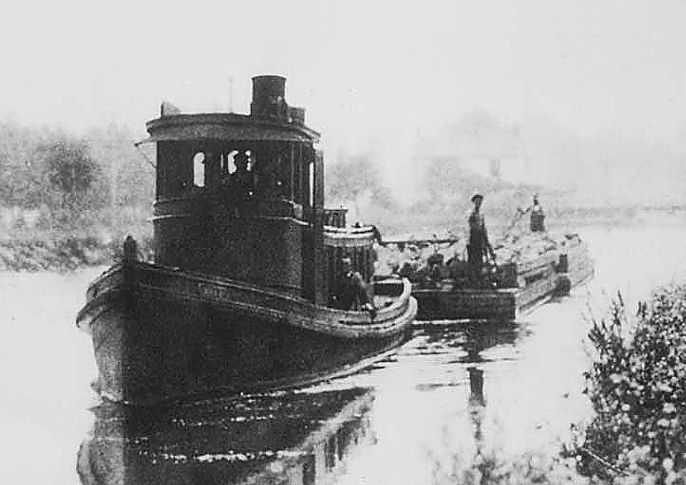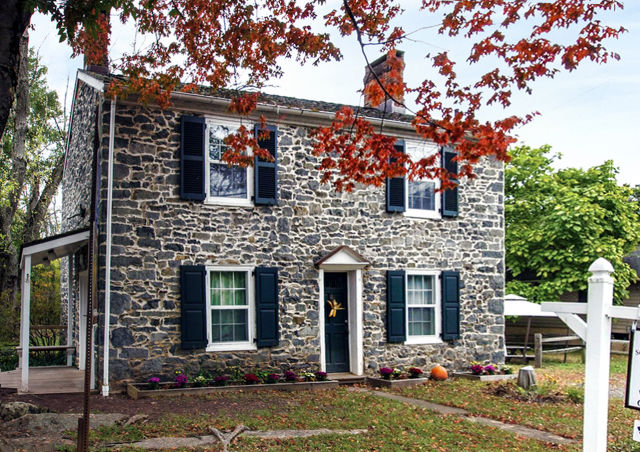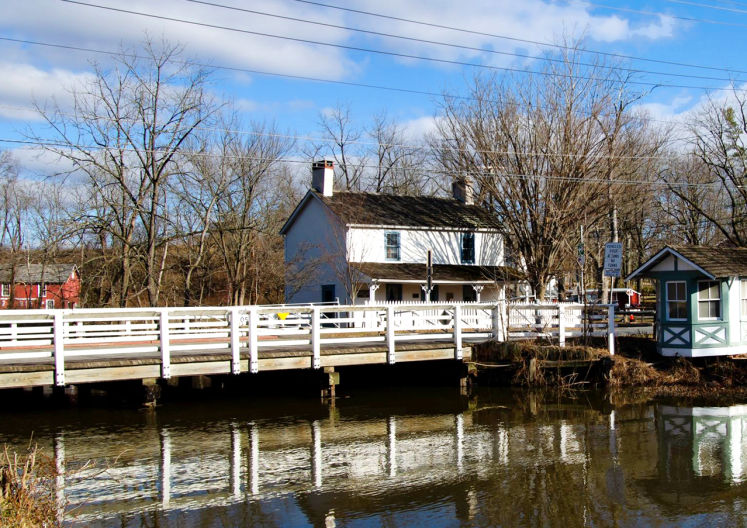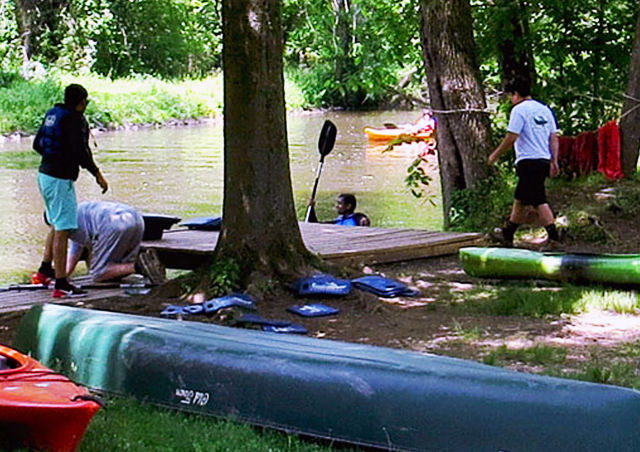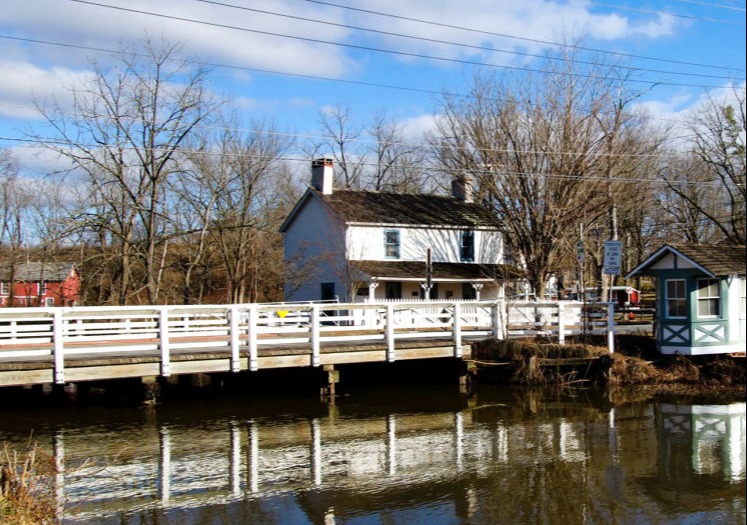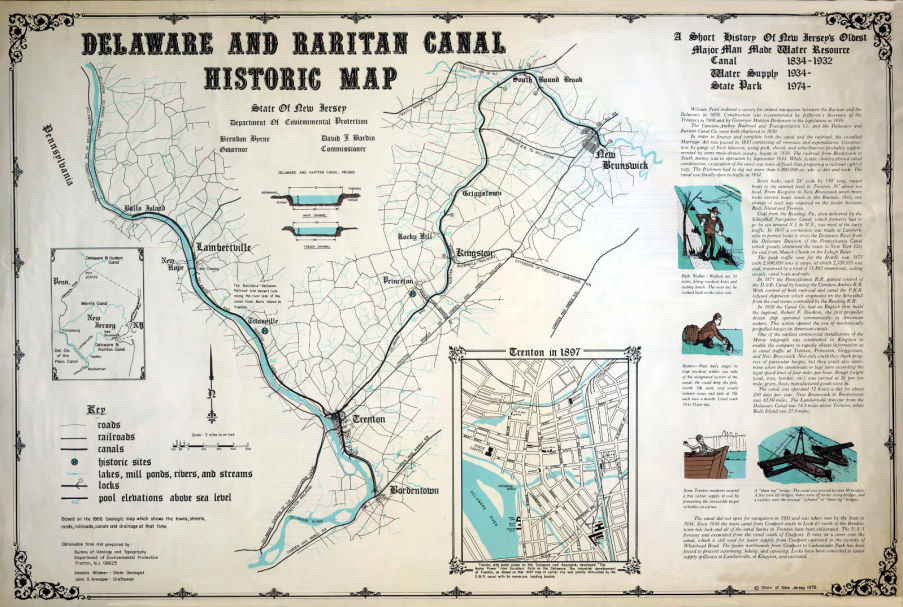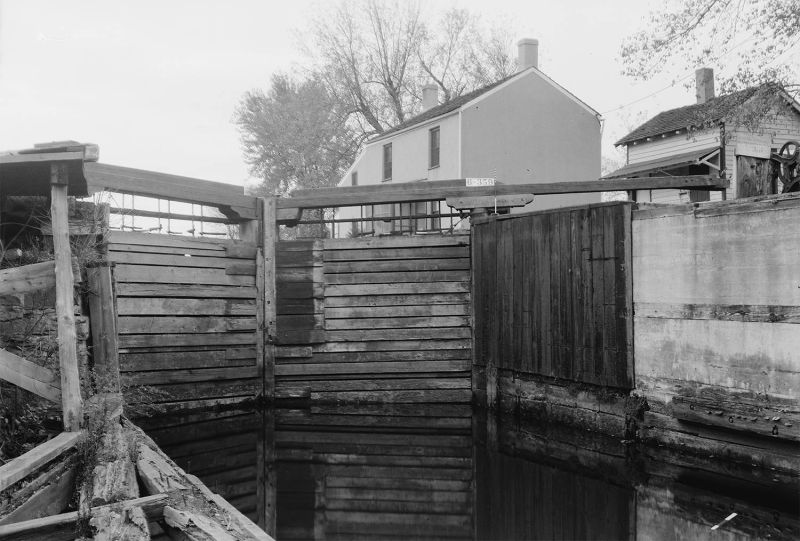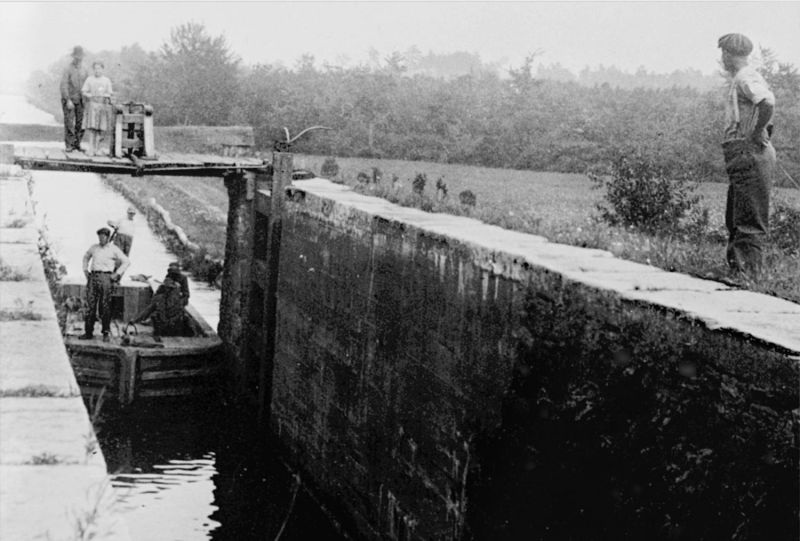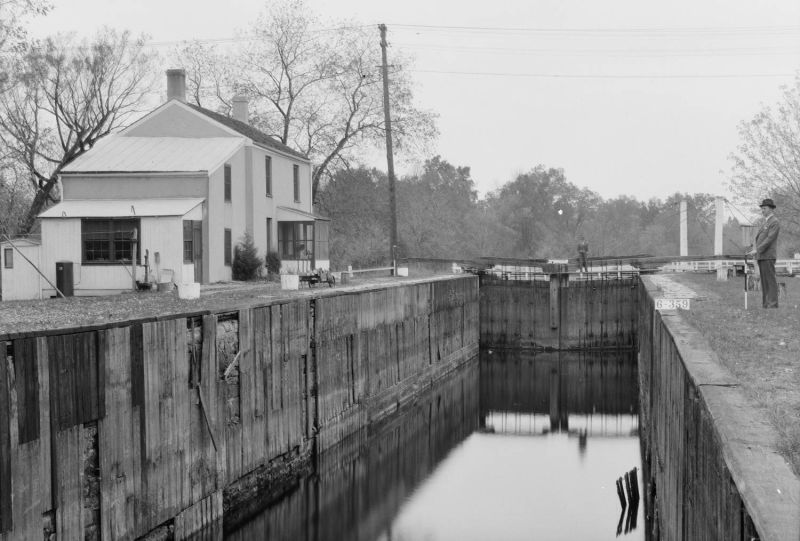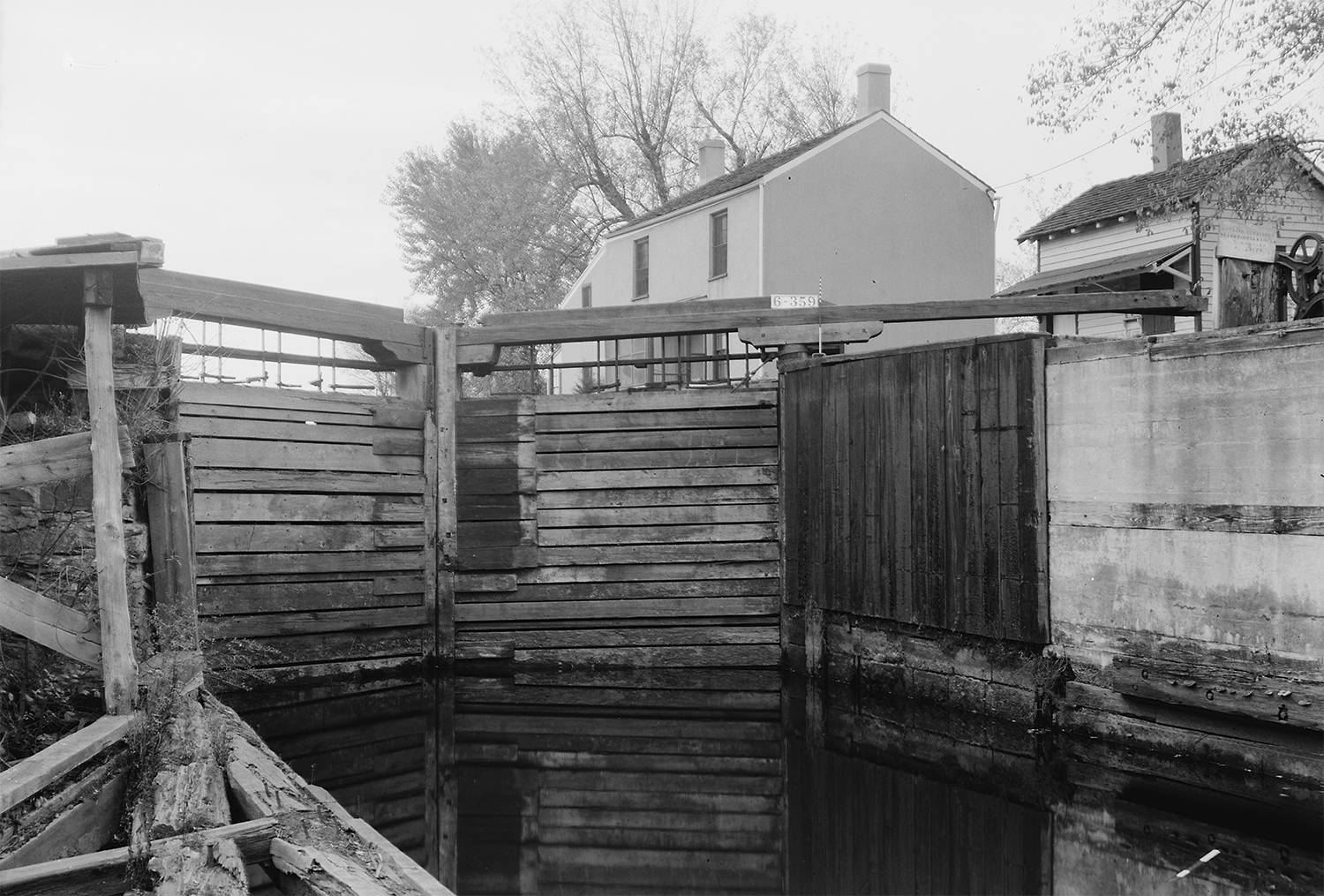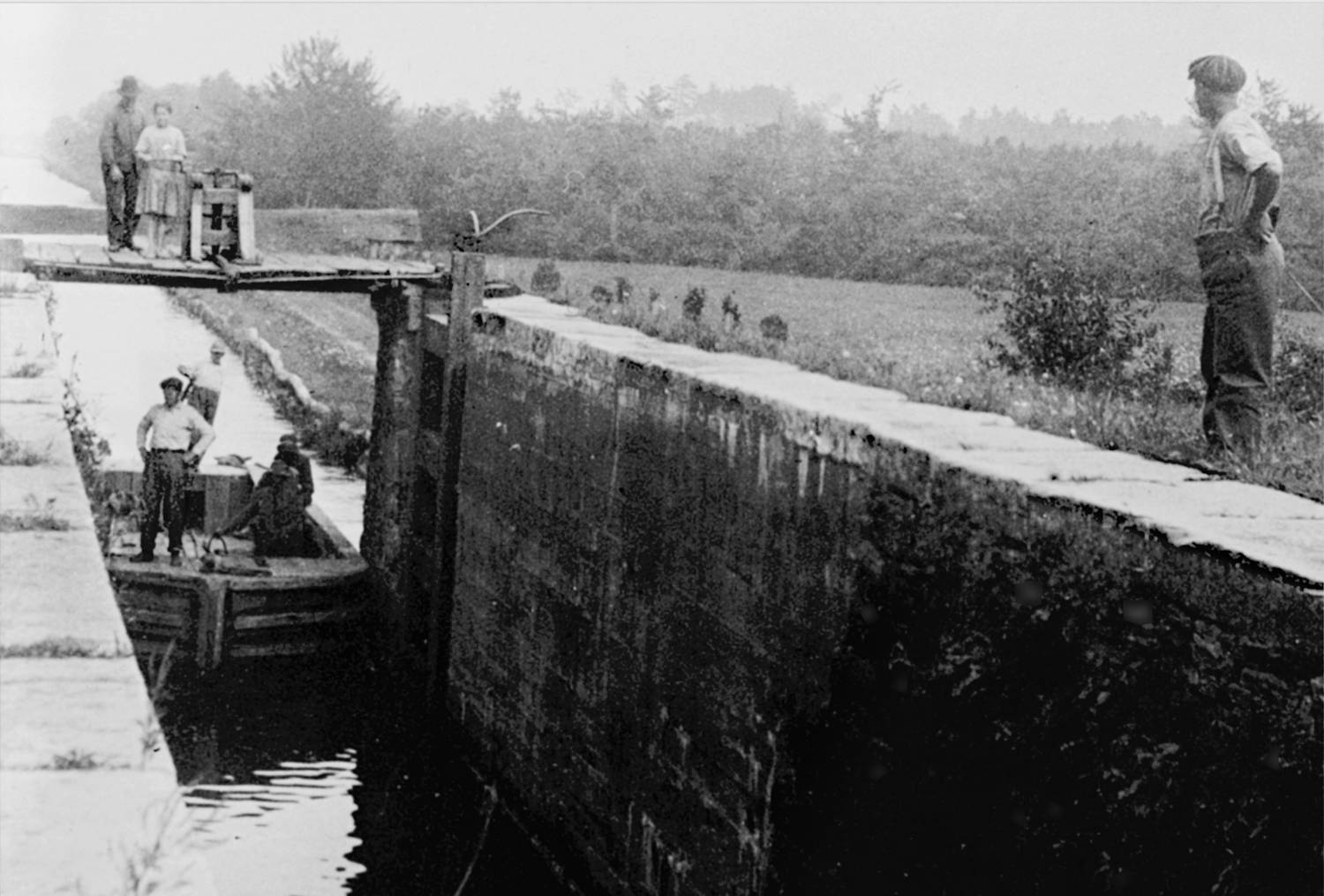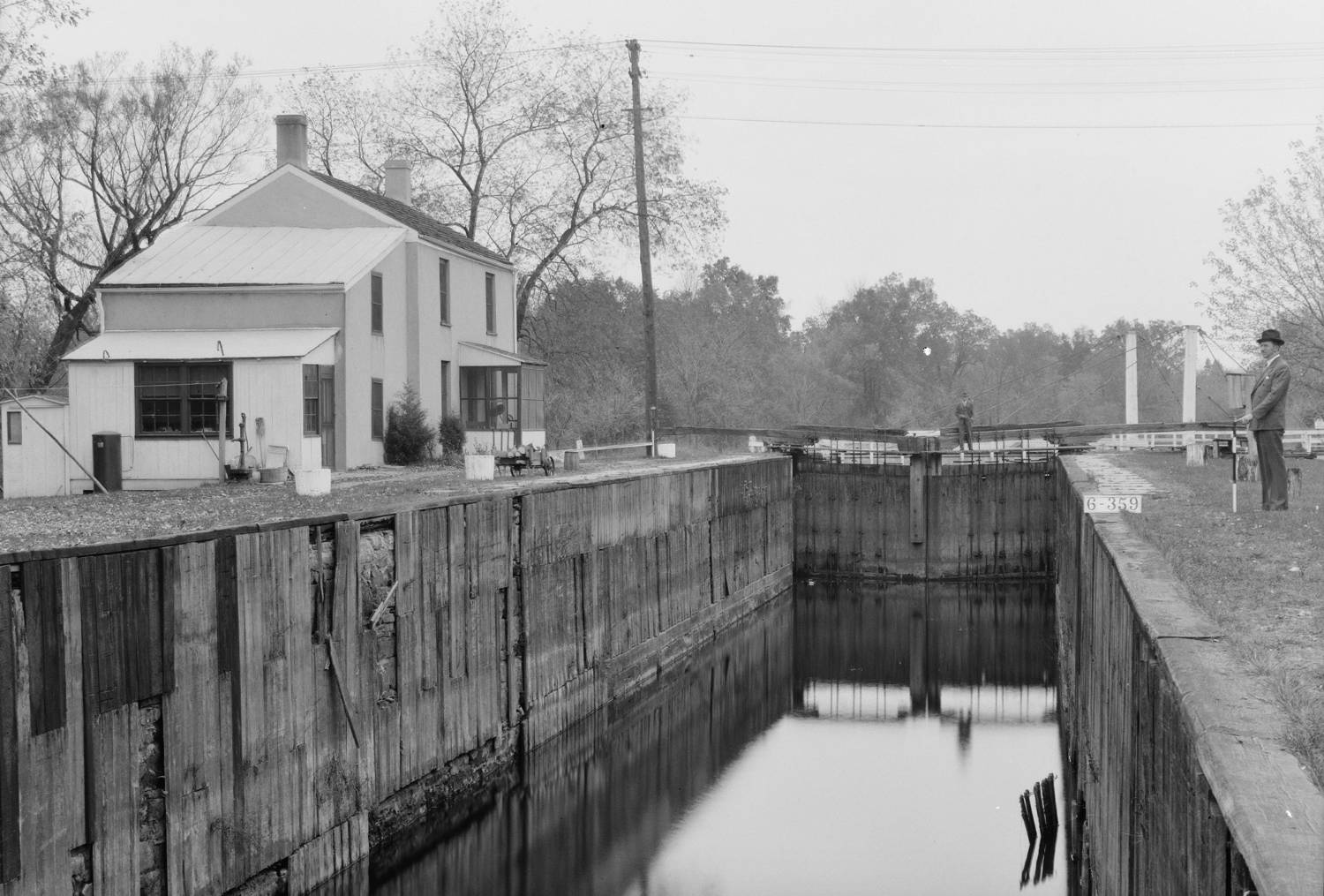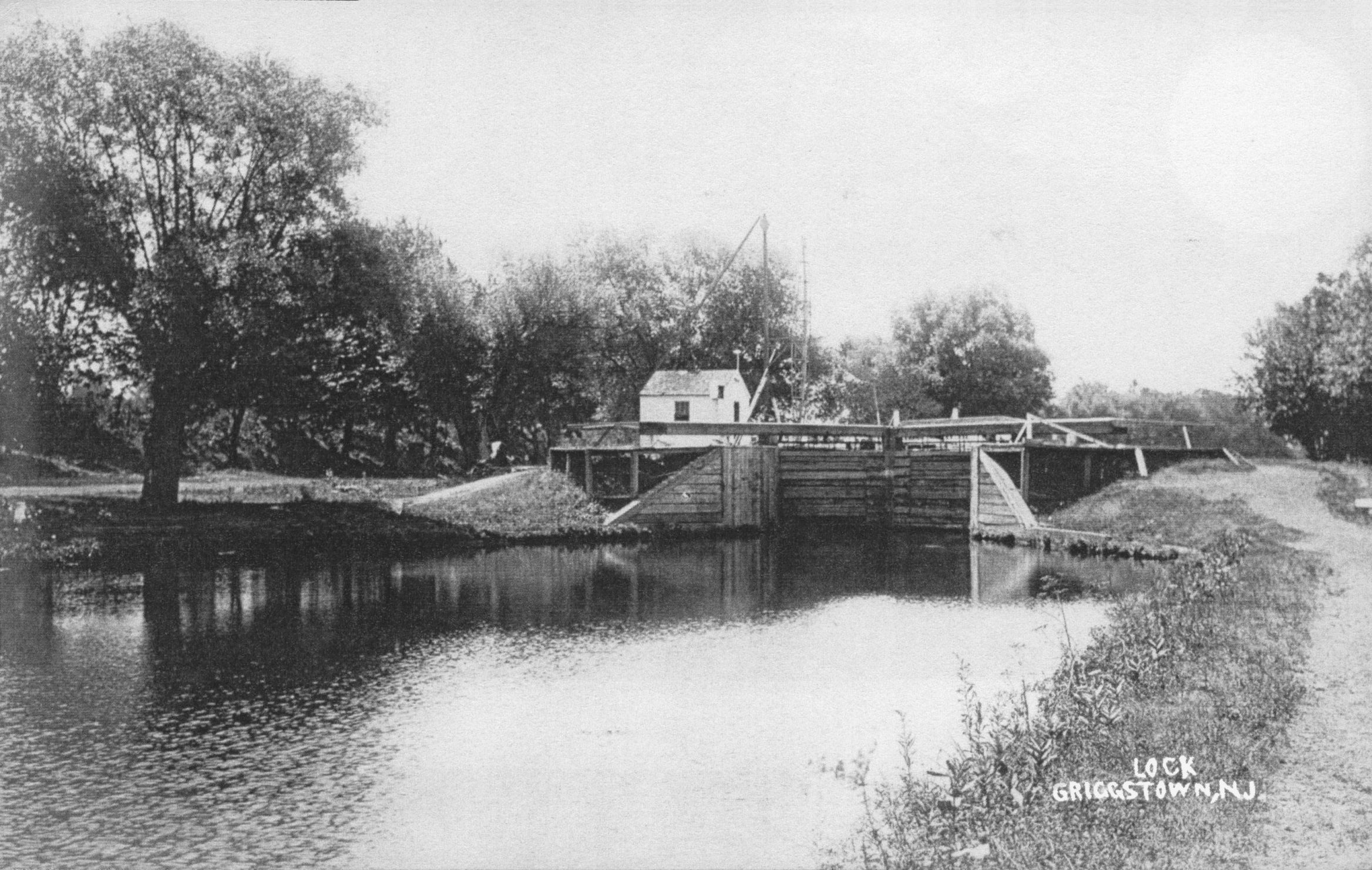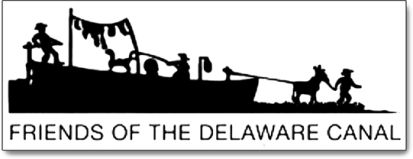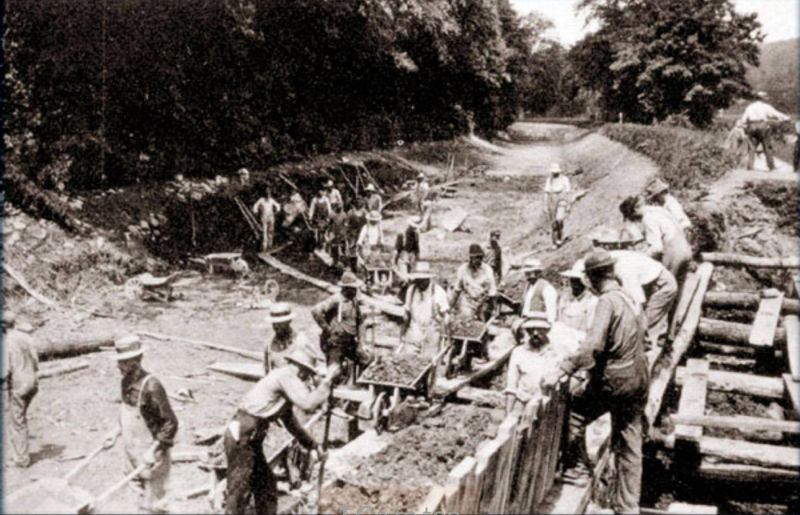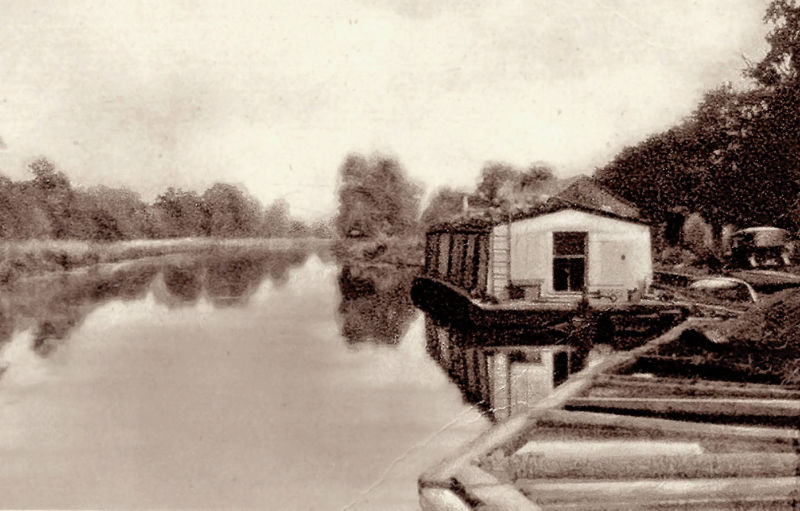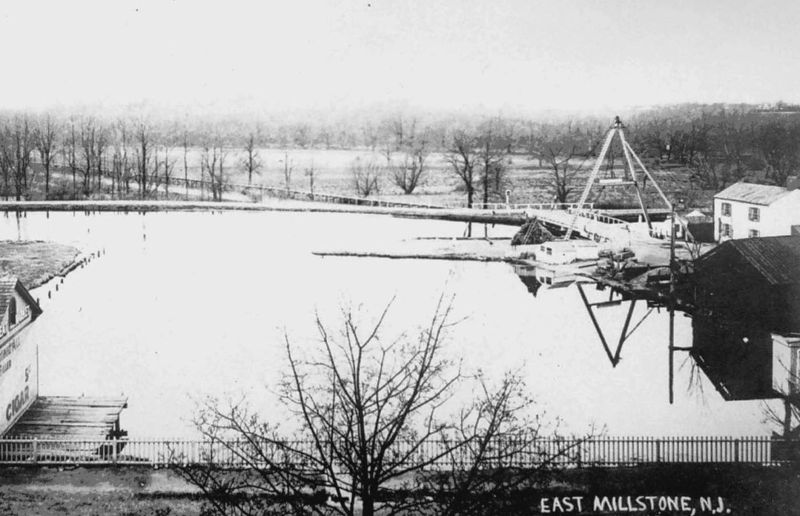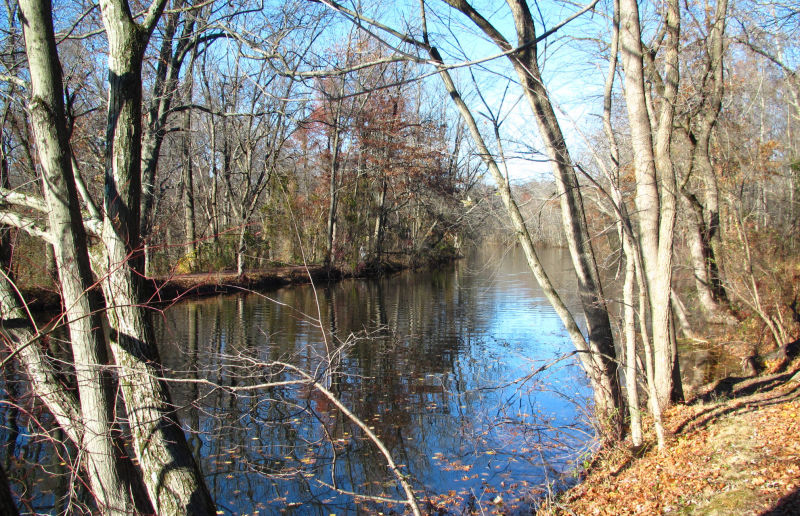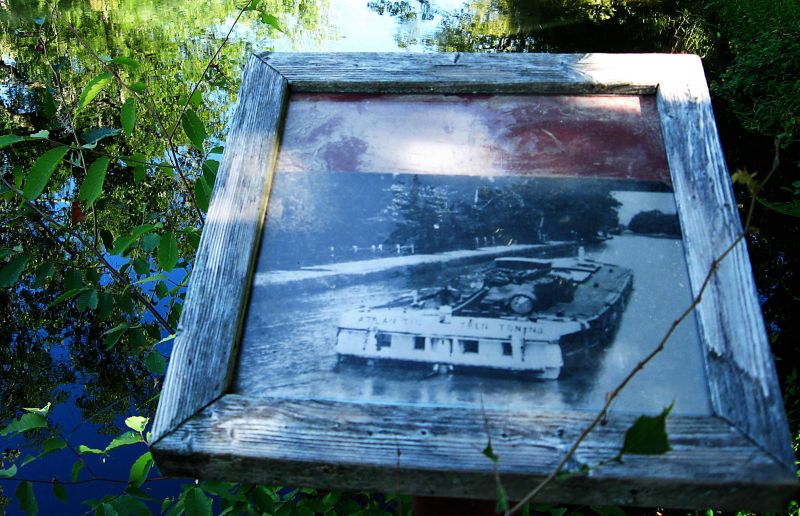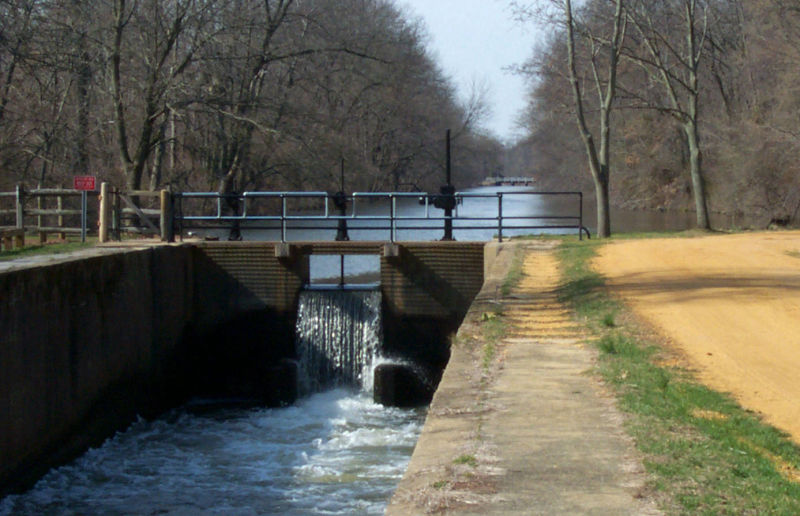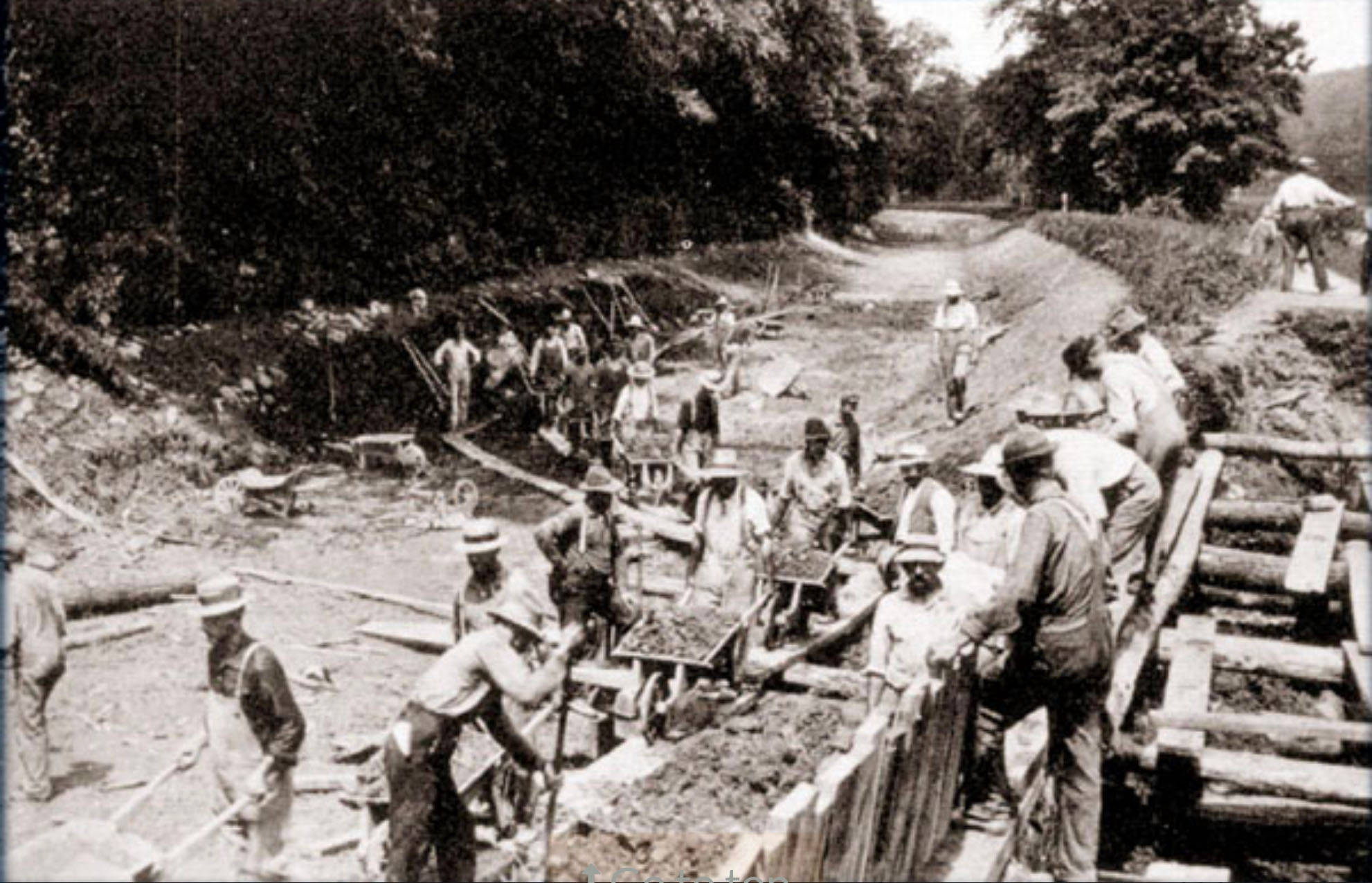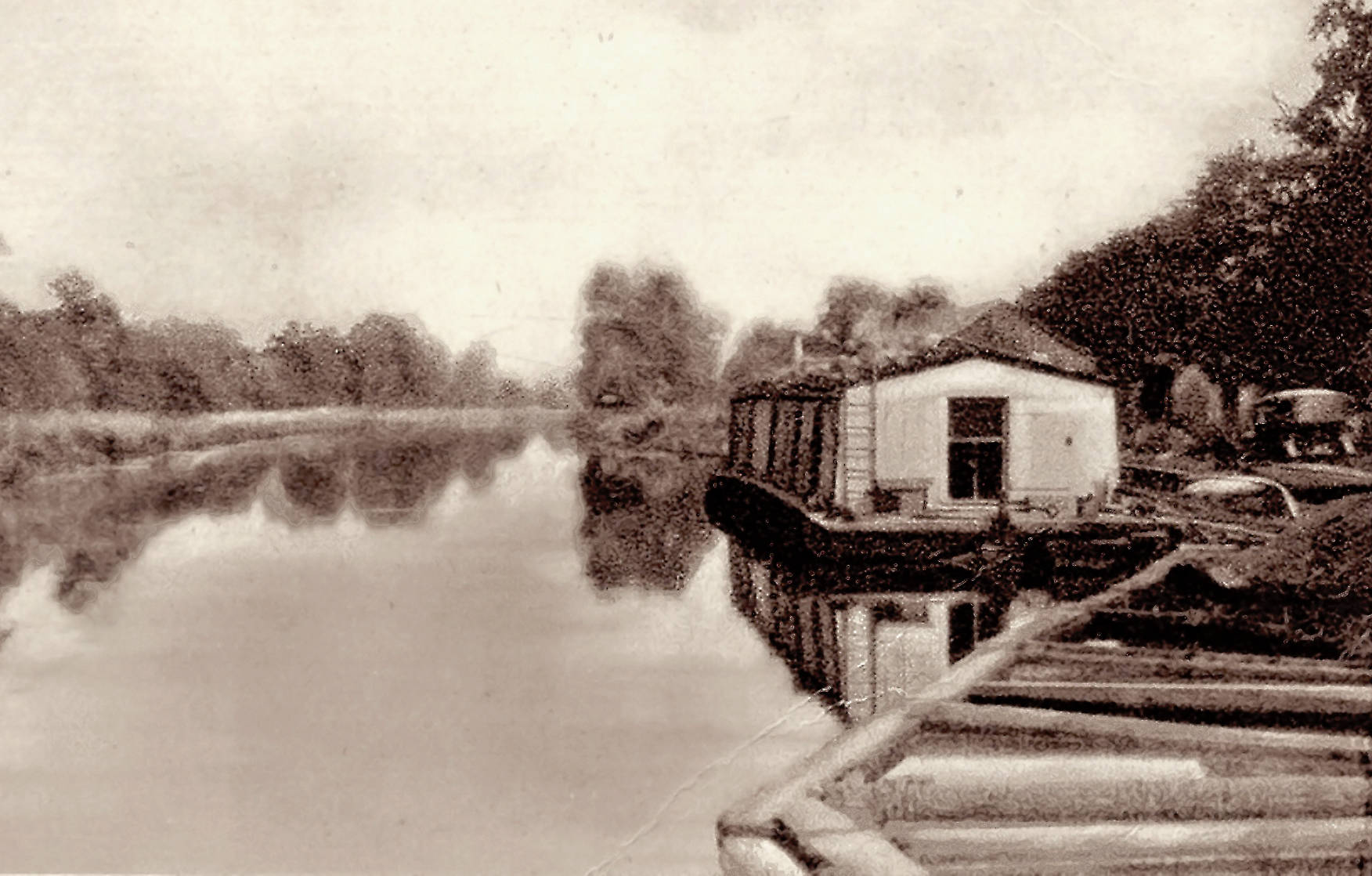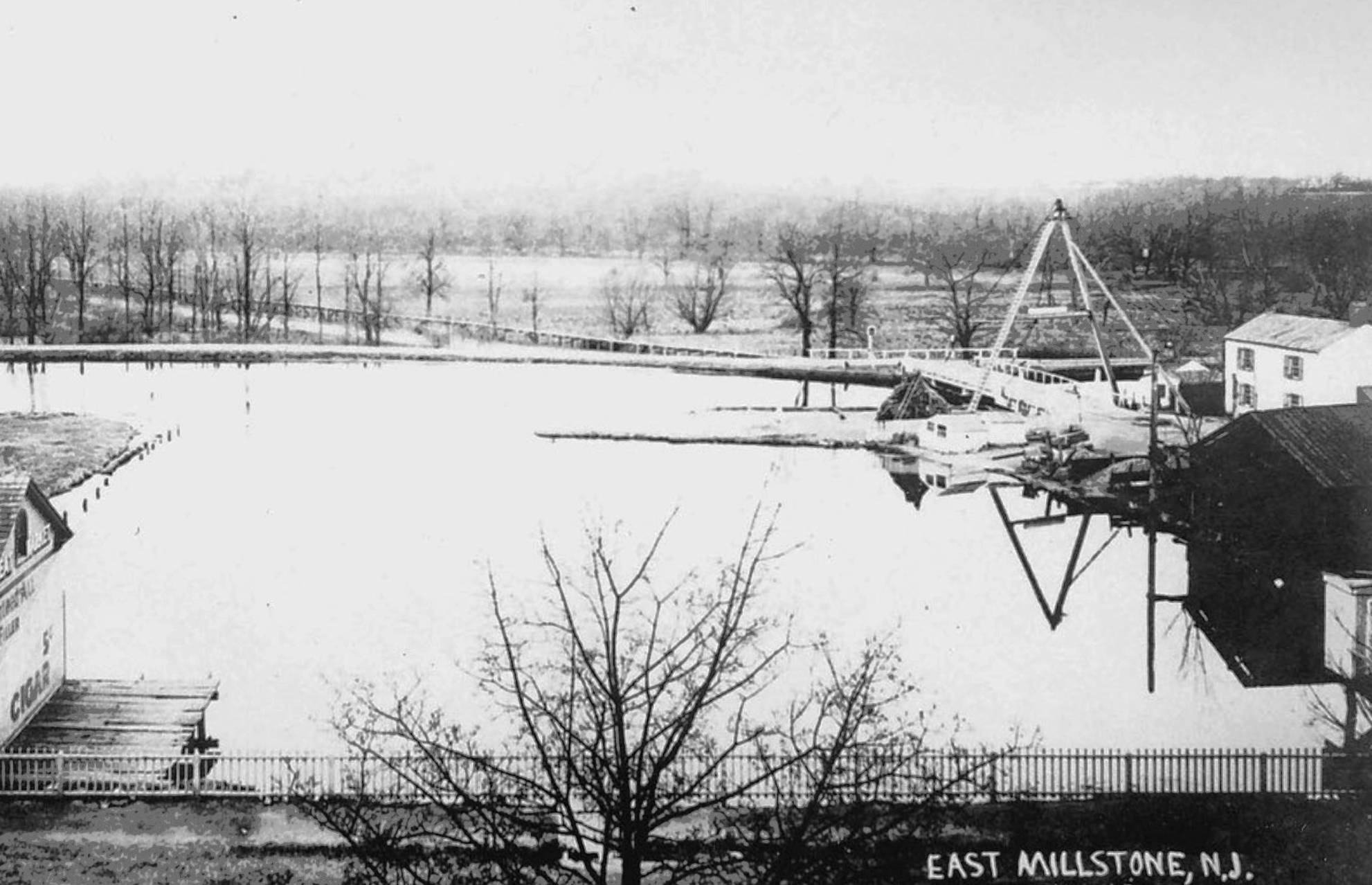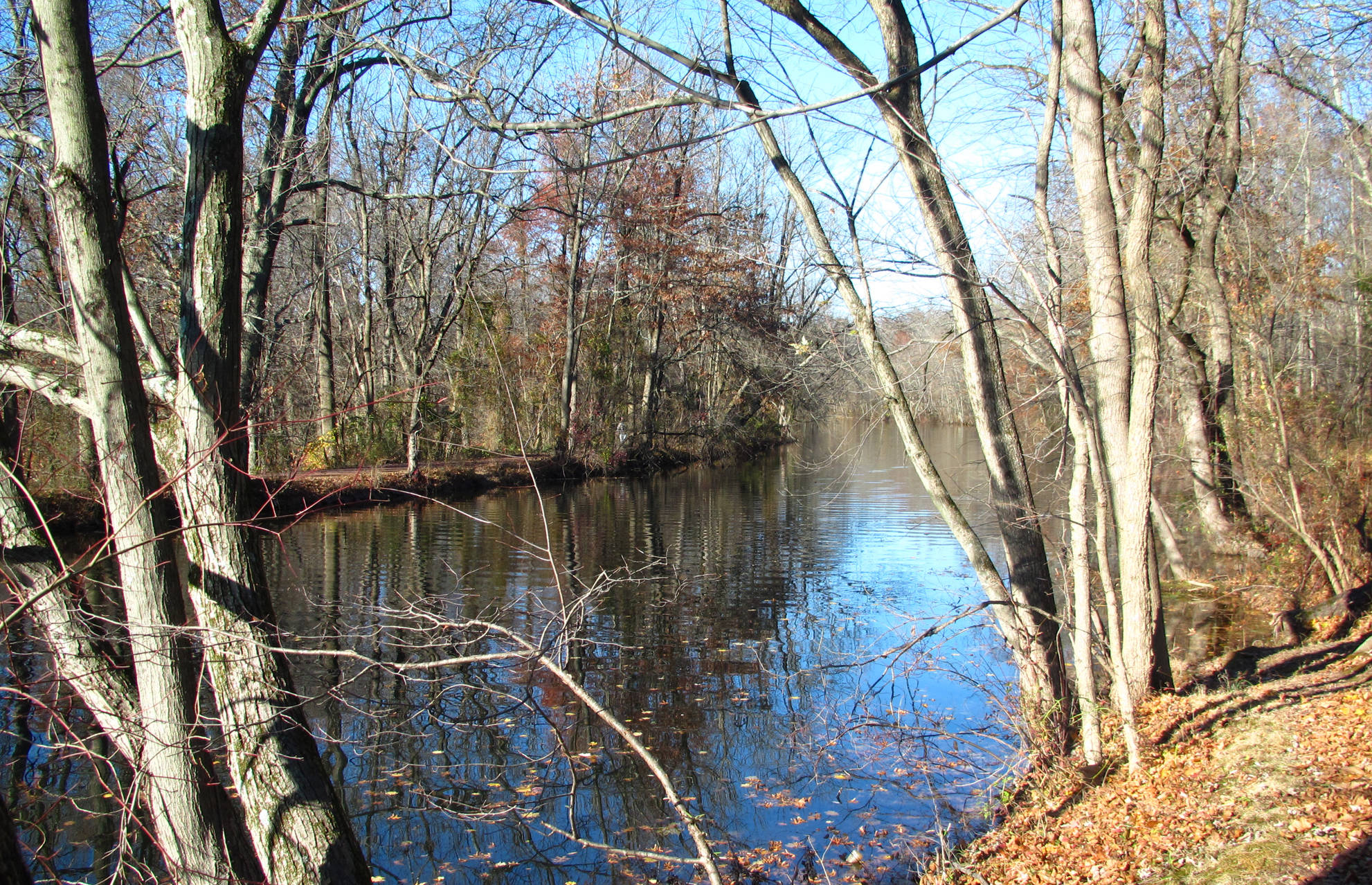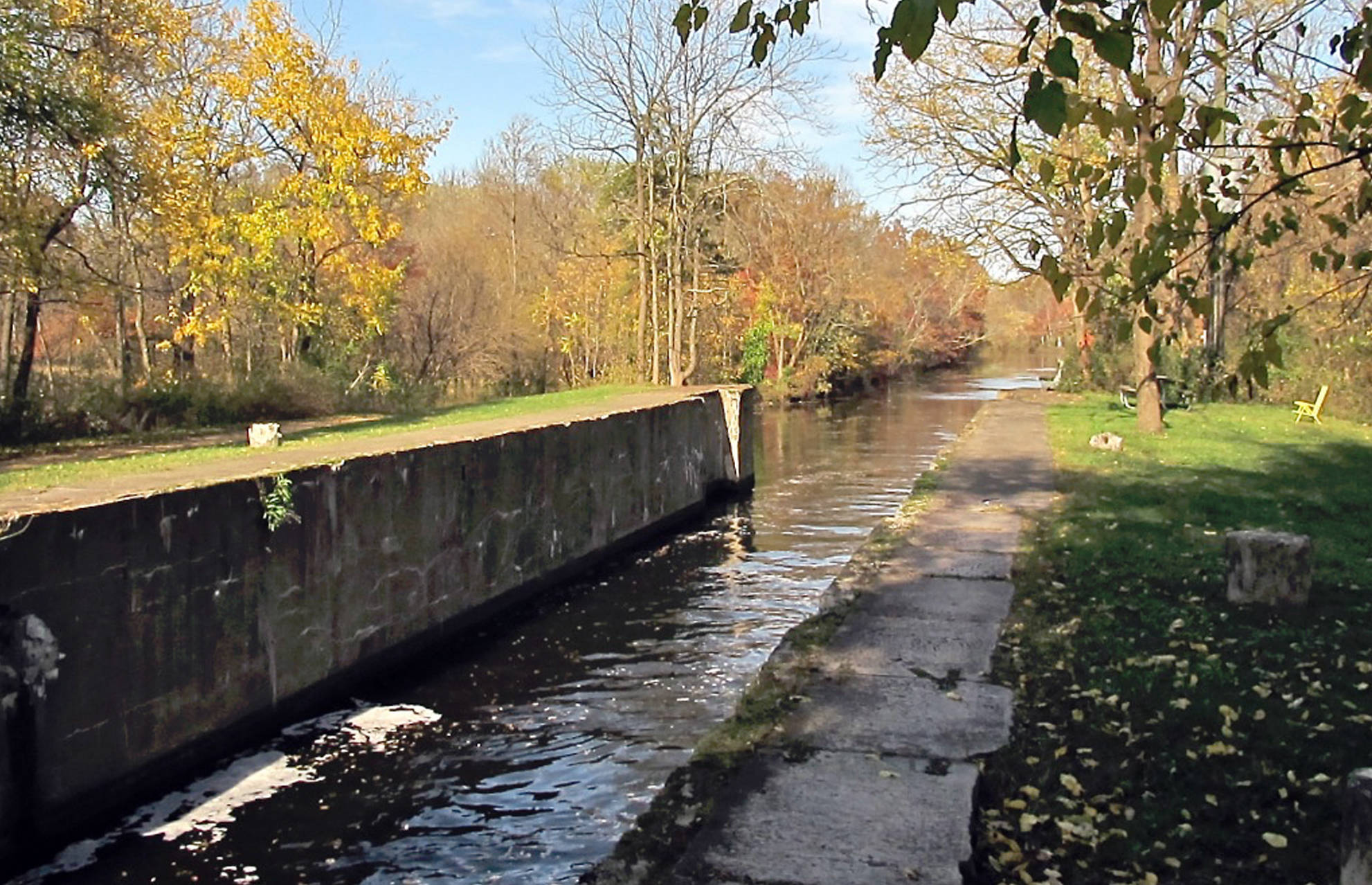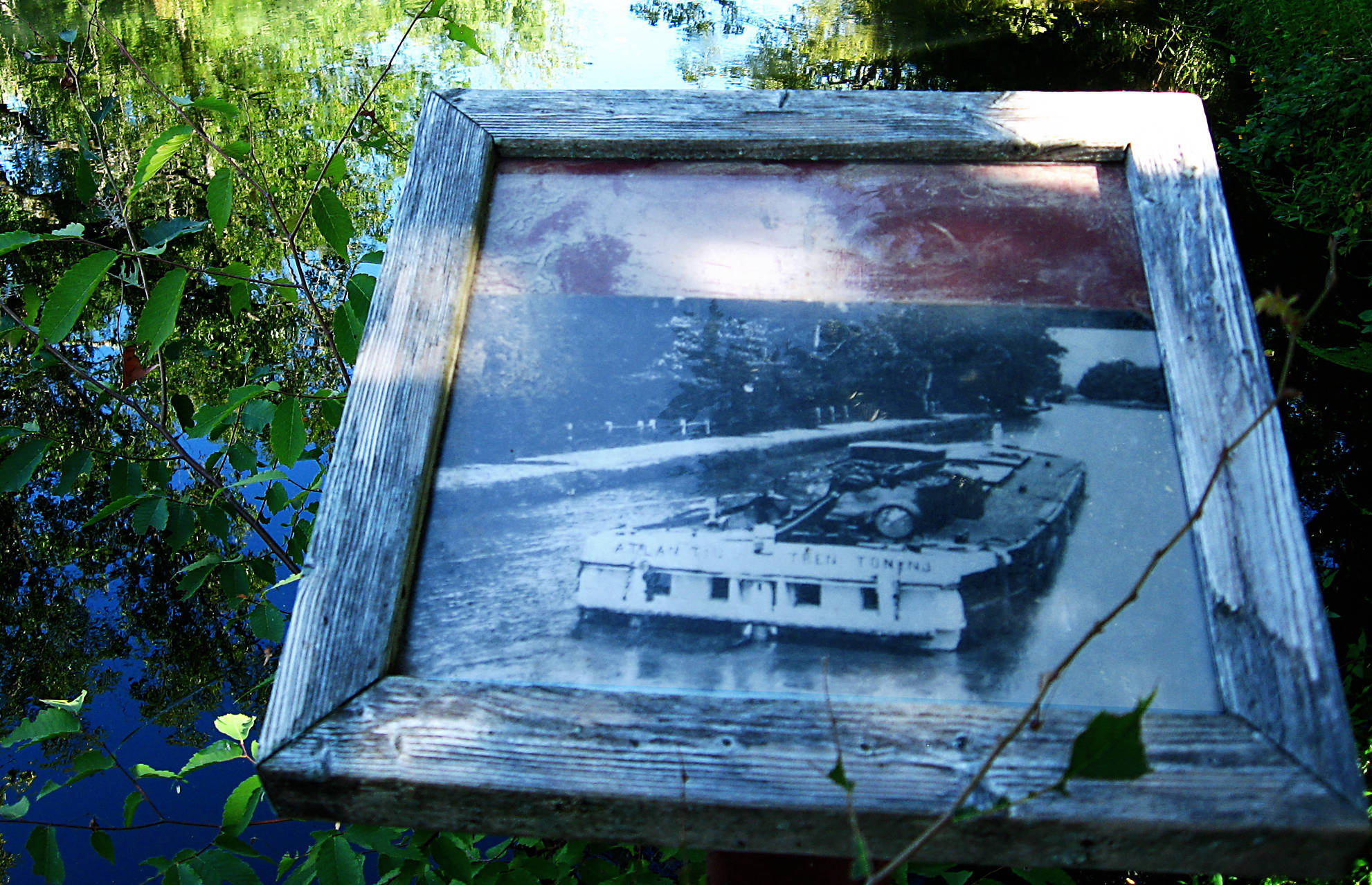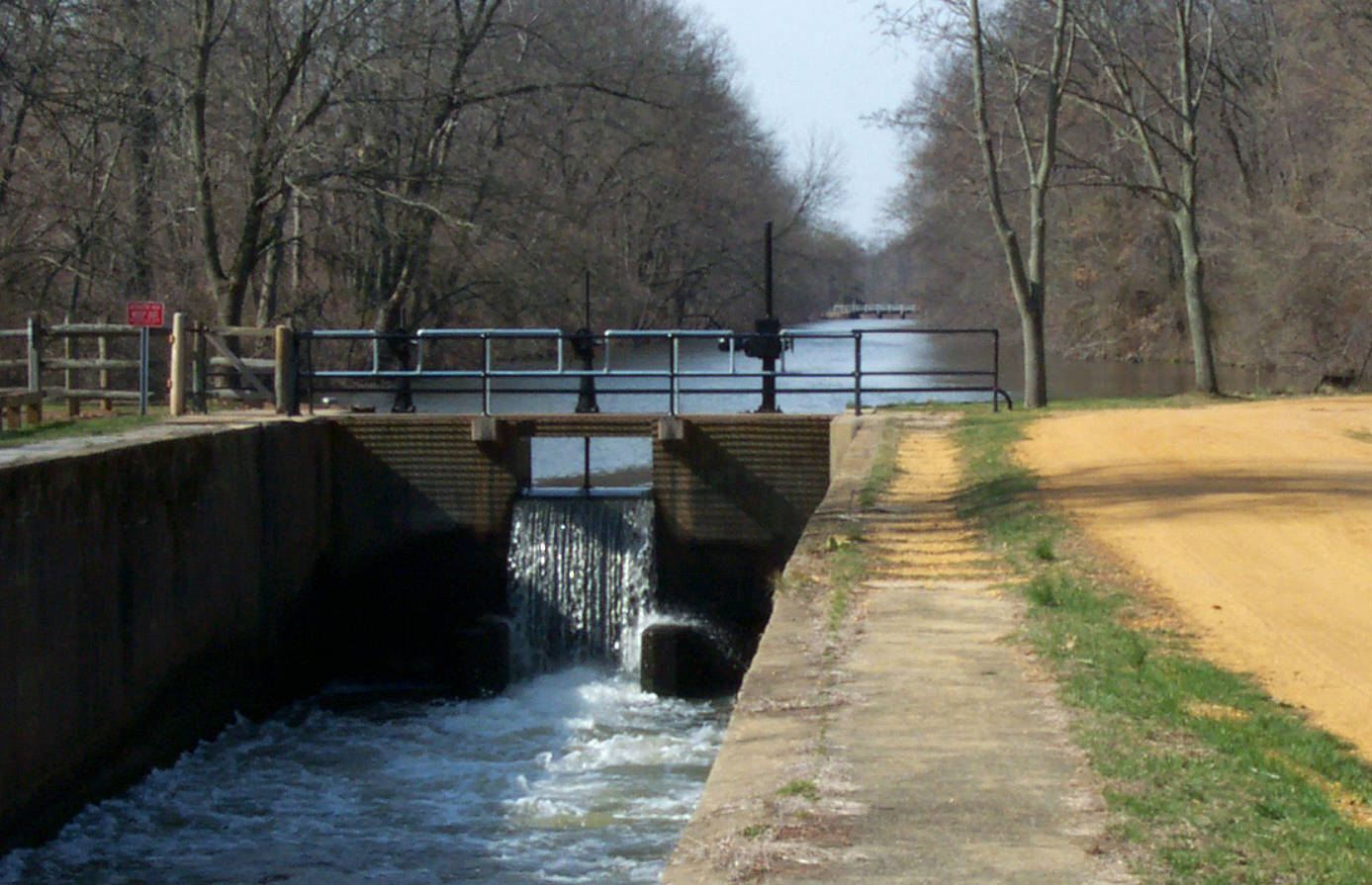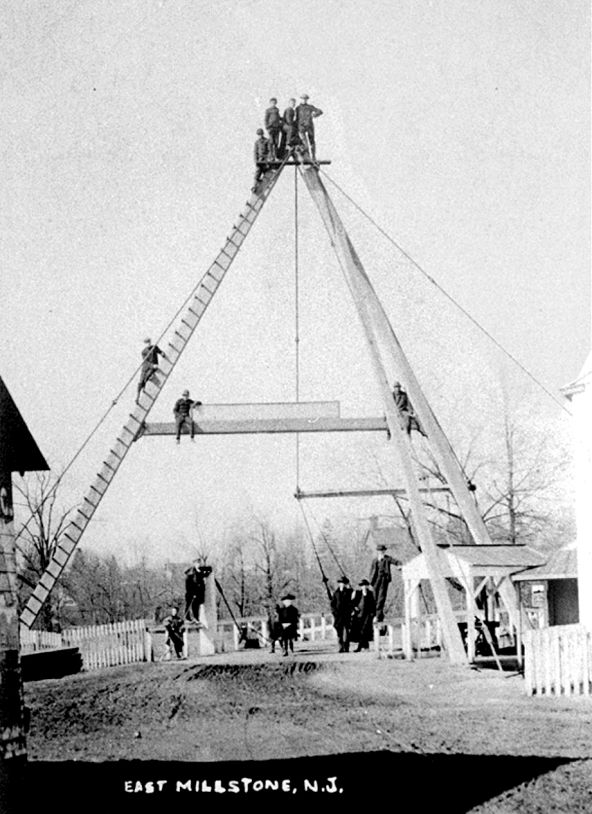
The Canal Era
When the Erie Canal opened in 1825, it proved to be a bonanza for New York State's economic development. Until then, the country had relied on roads and rivers for transportation. When it became clear that a team of mules, walking along a canal towpath towing a boat, could draw heavier loads and work for longer hours than horses working on the turnpike, the rush to build canals was on. New Jersey decided to follow New York's example, and soon the D&R Canal was built. It was one of seven "anthracite canals" built in the northeast with the goal of shipping coal from the coalfields of Pennsylvania to the ever-growing cities near the coast. In addition to coal, the canal boats also carried agricultural products and manufactured goods both from the cities and outlying areas. For many years it acted a a stimulus to all forms of growth in its path. For almost 100 years the D&R Canal was one of America's busiest waterways, in one year carrying more tonnage than the more famous Erie Canal. The result of this success can be seen in the villages and farms along the canal in the Millstone River Valley, where towns grew larger and more prosperous. In some places there are houses built during the latter part of the 19th century and identified as "Canal Era" houses in their style of architecture.
